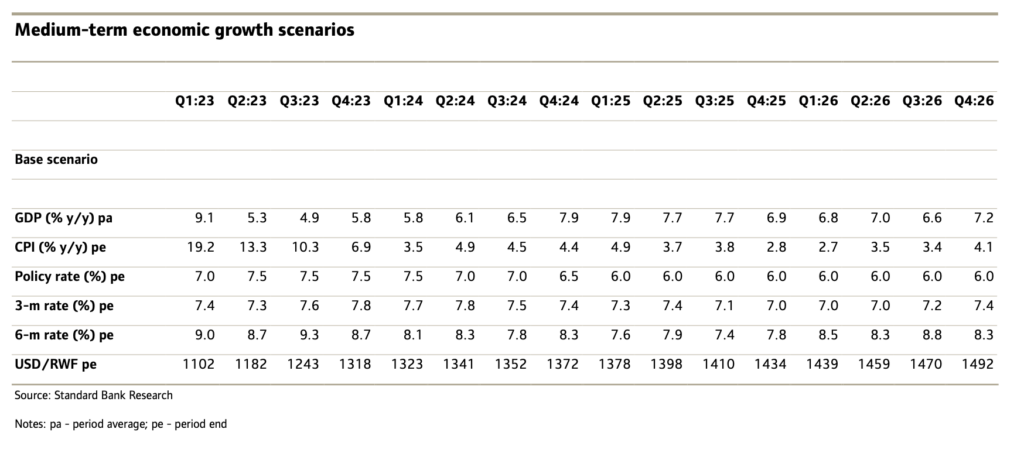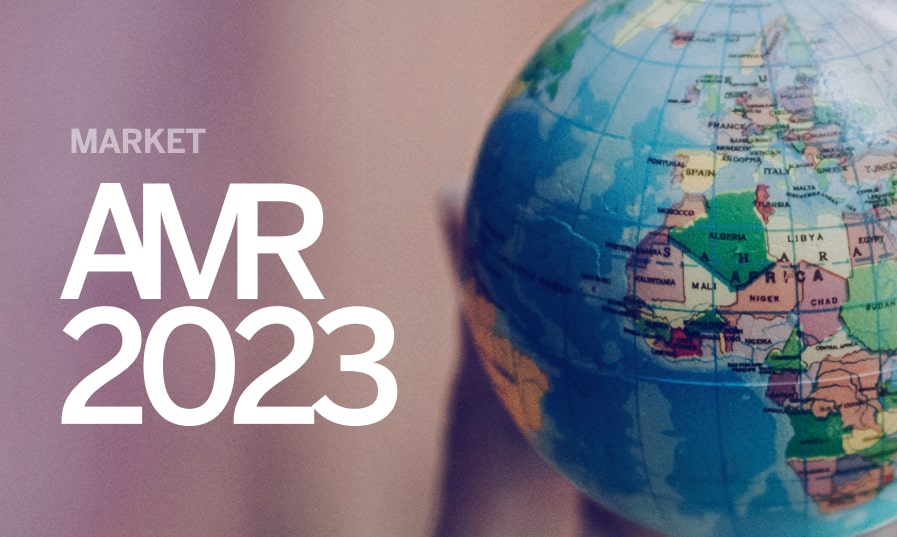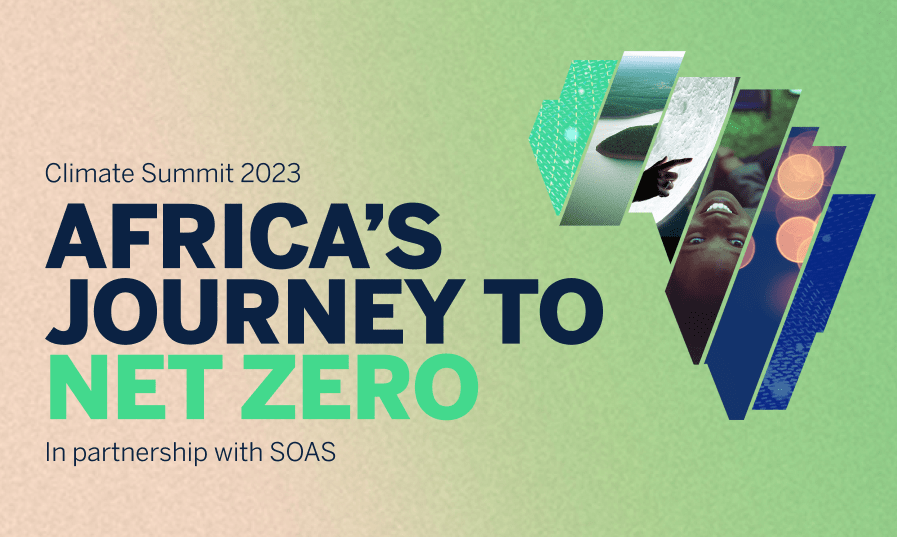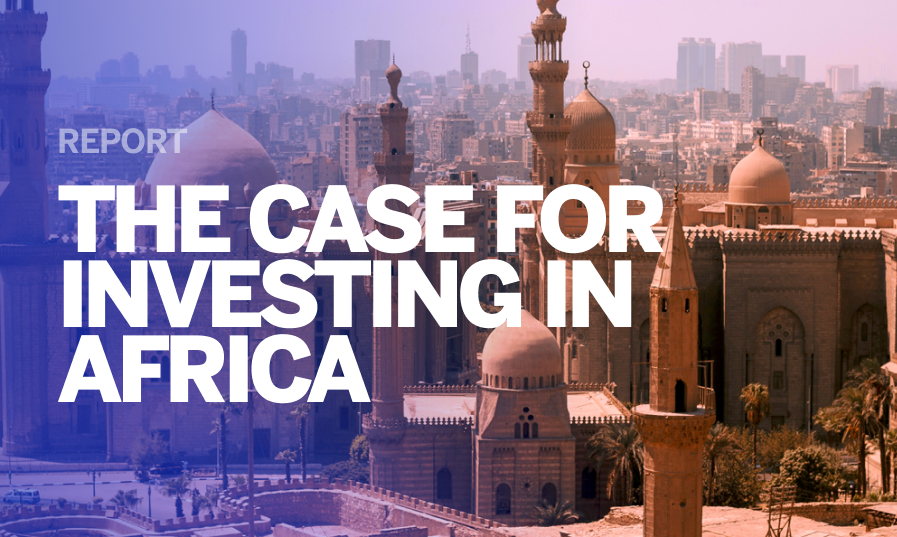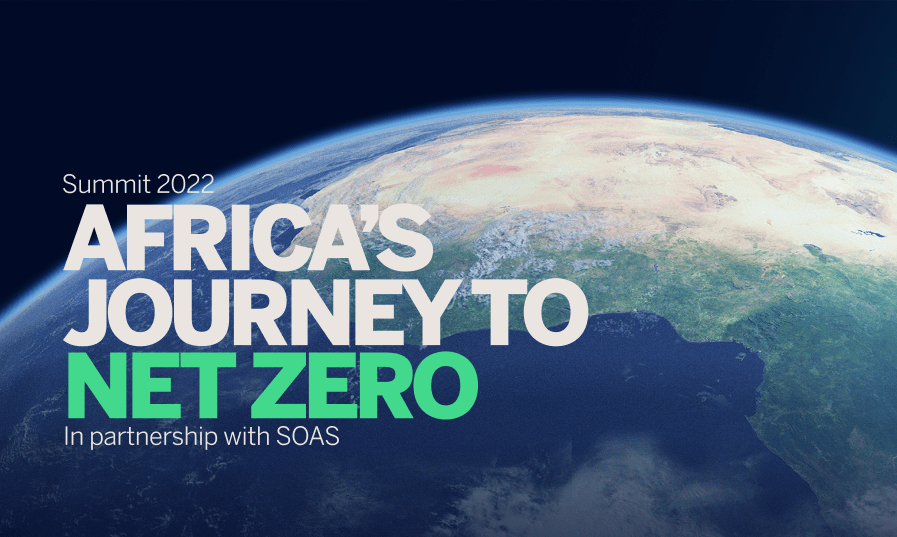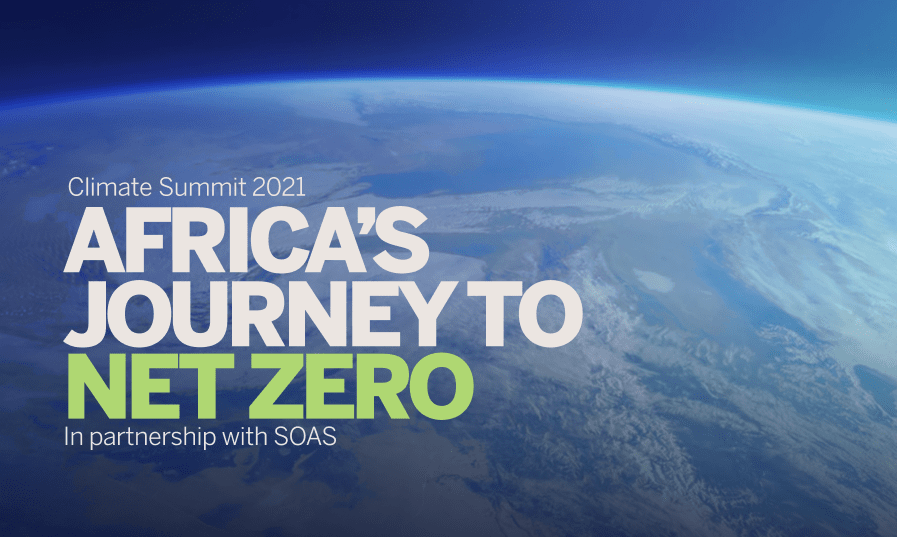Rwanda: currency depreciation pace quicker than before
Medium-term outlook: seemingly robust
Base effects seem unfavourable after the stellar performance of 8.2% y/y in 2022. Still, our GDP growth forecasts of 6.2% y/y for 2023 and 6.6% y/y in 2024 stand as are. Slowing global growth may see fewer grants for Rwanda, thereby constraining household spending as well as spending by non-governmental organizations. Furthermore, poor security in the DRC’s east usually draws in the Rwandan army; however, the Rwandan authorities have denied involvement this time. Rebel groups in this region makes it particularly unstable.
Real GDP growth in 2022 was 8.2% y/y, with most sectors expanding. The services sector led the way, rising by 12.0% y/y, assisted by 14% y/y growth in wholesale and retail trade, 87% y/y growth in hotels and restaurants, 22% y/y growth in transportation activities, 10% y/y growth in financial services, and 20% y/y growth in ICT. This trend continued into Q1:23, with services growing by 13% y/y, from 10% y/y in Q4:22 and 11% y/y in Q1:22.
While the base effects seem negative, the contemporaneous effects may prove strongly supportive. Rwanda’s tourism industry, over 34% higher than pre-pandemic levels by end 2022 in real terms, had already made up for pandemic-related losses; in Q1:23, it increased by 42% y/y. Even should momentum slow after Q2:23, services should still support growth this year.
However, agriculture is underperforming again. Agricultural production increased by 2% y/y, with food crops declining by 1% y/y and export crops increasing by 4% y/y in 2022. But then, agriculture slowed to 1% y/y in Q1:23, from 2% y/y in Q4:22 and 1% y/y in Q1:22. Food harvests likely underperformed due to adverse weather. Season A runs from Sept to Feb, and Season B runs from Mar to Jun. The planting season was likely hampered by poor weather, implying poor agricultural output for 2023, according to Rwanda’s National Institute of Statistics. However, El Niño rains may still prove beneficial. Moreover, budgetary support for the agricultural sector, such as the availability of affordable seeds and fertilizers, the construction of progressive and radical terraces, too may prove supportive.
Industry posted growth of 5% y/y in 2022 as manufacturing and mining expanded despite a contraction in building. In Q1:23, manufacturing increased by 16% y/y, and mining increased by 15% y/y. Foreign direct investment (FDI) into the manufacturing sector, as well as the Made in Rwanda programme, which kicked off in 2015 with the aim of improving the quality and longevity of Rwandan products should bring further benefits. However, the construction industry posted growth of only 1% in Q1:23, with gross capital remaining insufficient.
